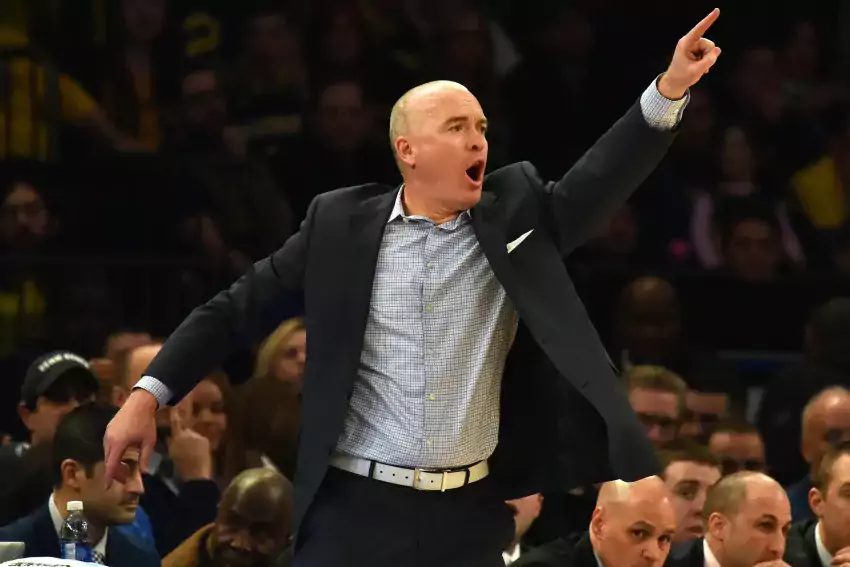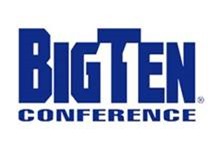minnesota

Minnesota Links: Preview, The Podcast, FFFF Offense (chart), FFFF Defense (chart).
Something's been missing from Michigan gamedays since the free programs ceased being economically viable: scientific gameday predictions that are not at all preordained by the strictures of a column in which one writer takes a positive tack and the other a negative one… something like Punt-Counterpunt.
PUNT
Bryan MacKenzie is out this week. Fortunately I know a guy.
 PUNT
PUNT
By Nick RouMel
Counterpunt Emeritus
A “Catch-22” has come to be understood as a paradoxical situation, one in which neither of two choices is either possible, or desirable. It comes from the eponymous 1961 novel by Joseph Heller, set in World War II. The protagonist, John Yossarian, pilots a B-25 bomber in Europe. After watching too many friends die, he wants to quit. He cannot wait to fly enough missions so that he can be reassigned. But every time he gets close to being finished, his megalomaniac commander keeps retroactively raising the requisite number of missions, ultimately to an impossible number—from 25, eventually to 80.
Yossarian still has one way out. He can show his commander verification that he has had a mental breakdown, and then he would be excused. But when he sees the flight surgeon, the Doc explains the “Catch-22” the Army Air Force employs: an airman would have to be crazy to fly more missions, and if he were deemed crazy, he would be unfit to fly. Yet, if an airman were to refuse to fly more missions, this would also indicate that he is sane, which would mean that he is sufficiently fit to fly the missions. Thus the paradox—Yossarian’s “Catch-22.”
After MSU was graciously allowed to join the conference in 1950, the Big Ten had, as its name suggests, ten members. This went on, mathematically correct, for forty years until Penn State joined in 1990. The conference, paradoxically, did not change its name, though the logo cleverly contained a hidden number 11:
[After THE JUMP: Blockbusters and beepers.]

Harbaugh speaks! Harbaugh's 15 minutes at the mic at Big Ten Media Days have come and gone with a couple of items of note. One is that Harbaugh declined to elaborate on the Media Kerfuffle Of The Week:
On his comments about Urban Meyer's controversy that follows him and if he would add any context
No, I don't see any -- no context you should know about. I don't think it was anything that was anything new or anything of a bombshell. It's things that many of you all understand and have written about.
A second is that Harbaugh came out in favor of a one-time transfer:
My opinion is that every student-athlete should have a one-time ability to transfer and not have to sit out a year, and then if they were to transfer a second time, then the previous rule that we had, where you had to sit out a year of eligibility, and with that, I would also keep the graduate transfer rule that we have in place right now, where you can graduate and transfer and become immediately eligible.
FWIW, many NCAA sports already have this rule.
And finally:
On Michigan being picked as the favorite to win the Big Ten East and conference title game
I think that's where I would pick us.
All righty then.
Oh, one last item:
This is almost certainly a bad idea. There are limited ways in which this can be a good idea.
"we're really close to announcing playing a team on foreign soil" -- Harbaugh
— angelique (@chengelis) July 19, 2019
Neutral site games are bad. Neutral site games when you have the largest stadium in the country are worse. If this is something like Washington moving a home game to Vancouver because their AD has been infected with Pac-12 disease, whatever. If it's Michigan playing someone in France, hard pass.
I guess a one-off with Syracuse in Toronto wouldn't be the worst.
[After THE JUMP: Rutger offers up some batting practice]

Previously: 14. Rutgers, 13. Illinois, 12. Iowa, 11. Northwestern, 10. Ohio State
The biggest reason the Big Ten was bad last year was because its middle was so weak.
The Big Ten sent just four teams to the NCAA Tournament last season, and they didn't deserve more. It was a severe step back for the conference, which had sent seven in each of the seasons since the league expanded to 14 teams, and hadn't even sent as few as five since 2010. And while the top of the league was strong with Purdue (2), Michigan (3), Michigan State (3), and Ohio State (5) finishing as high seeds, there was a huge drop-off from there.
Nebraska, which finished tied for fourth in the conference and received a double-bye to the Big Ten Tournament, beat exactly one decent team on its way to 22 regular season wins. Penn State was a Top 25 team according to the computers and suffered some bad, close losses at home. Maryland never put it together. Northwestern and Minnesota crashed and burned after high expectations; Indiana and Wisconsin just had crappy teams.
It was not long ago that the Big Ten was the best conference in college basketball, featuring frequent matchups between top-ranked teams and future pros. Last year, there was a grand total of nine regular season Big Ten games between NCAA Tournament teams - out of 126 total. It made for a lot of bad basketball, and anyone who stared at it too closely may have been better off staring at the sun.
With all that said, it should be better this season. The top of the league is weaker than it was a year ago, but its middle appears to be stronger. Even teams profiled in the last installment of this preview - namely Iowa and Northwestern - could really exceed expectations and make a push for the NCAA Tournament. A rising tide lifts all boats, and if there are more quality teams, there will be more opportunities for teams to get impressive wins, and fewer chances for damaging losses.
Of course, many of the teams previewed here could falter. I’m hoping that the Big Ten season won’t be an endless sea of sludge again, but I’d by remiss if I didn’t acknowledge the possibility.

40